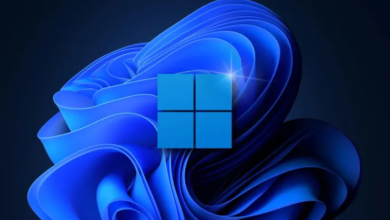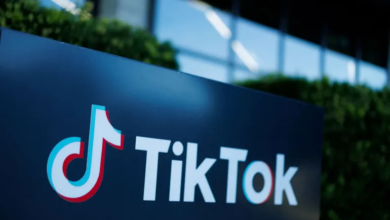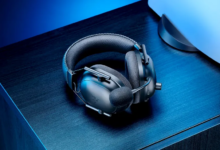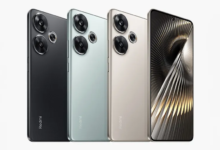Updates worry the owner of the world’s first brain chip

After nearly four months since the first brain chip implantation by the startup company Neuralink, Wired magazine once again shed light on the brain chip revolution by conducting an extensive interview with Nolan Arbo, who received the first trial of the chip.
Arbo, who suffers from paralysis, expressed great enthusiasm and clear appreciation for the chip, which not only eased his life but also granted him greater independence from his surroundings. Additionally, he expressed immense pride in being the first user of this groundbreaking technology.
During the interview, Arbo was asked about Neuralink’s recent update, which involved removing some neural threads and reducing the number of electrical probes in the chip before reimplantation. He responded that he was unaware that such modifications were possible, especially since he hadn’t seen any cases in animal trials where a portion of the electronic chip was excised.
The report mentioned that researchers were surprised by some facts related to the human brain and its response to the brain chip, which disrupted some prior estimations and necessitated direct intervention. When questioned again about the possibility of retrieving more threads, Arbo expressed concern about procedures that might affect the chip’s functionality, potentially causing it to cease working entirely—a claim refuted by the company, assuring him that there were no signs indicating such an outcome.
Arbo further noted that when the threads were withdrawn from his brain, he immediately sensed something was wrong, experiencing a loss of control over the screen cursor for three weeks. This suggests that the recovery period took some time to make adjustments linking the chip to the brain. The Neuralink team announced minor modifications to the chip’s software and algorithms, which accelerated the recovery period and improved the translation of neural signals into cursor movements.








